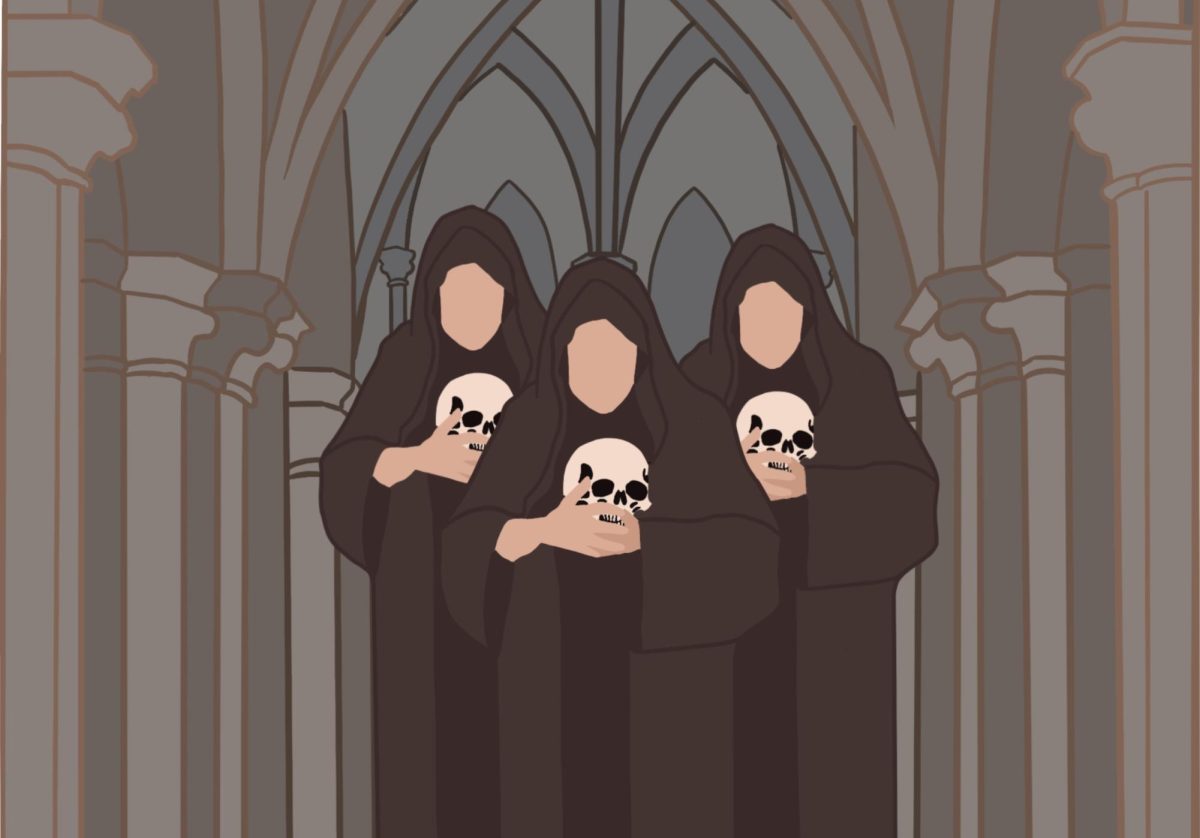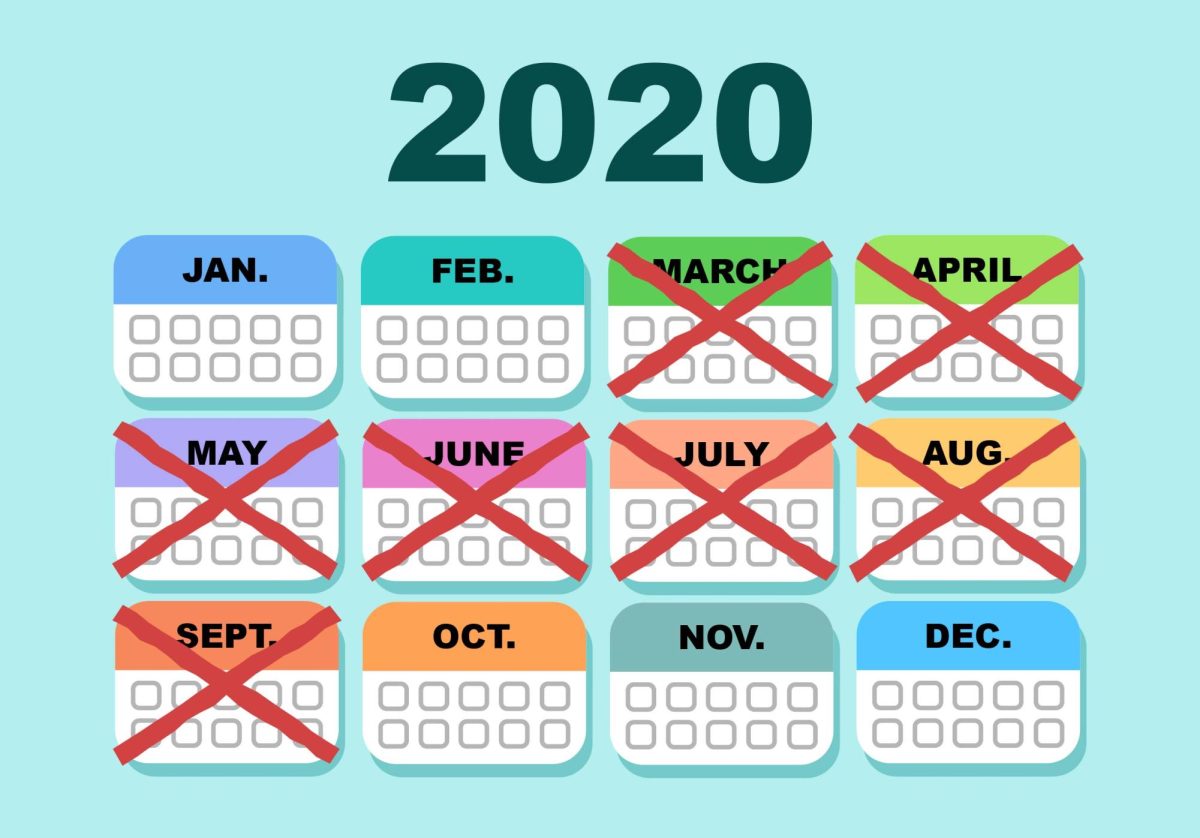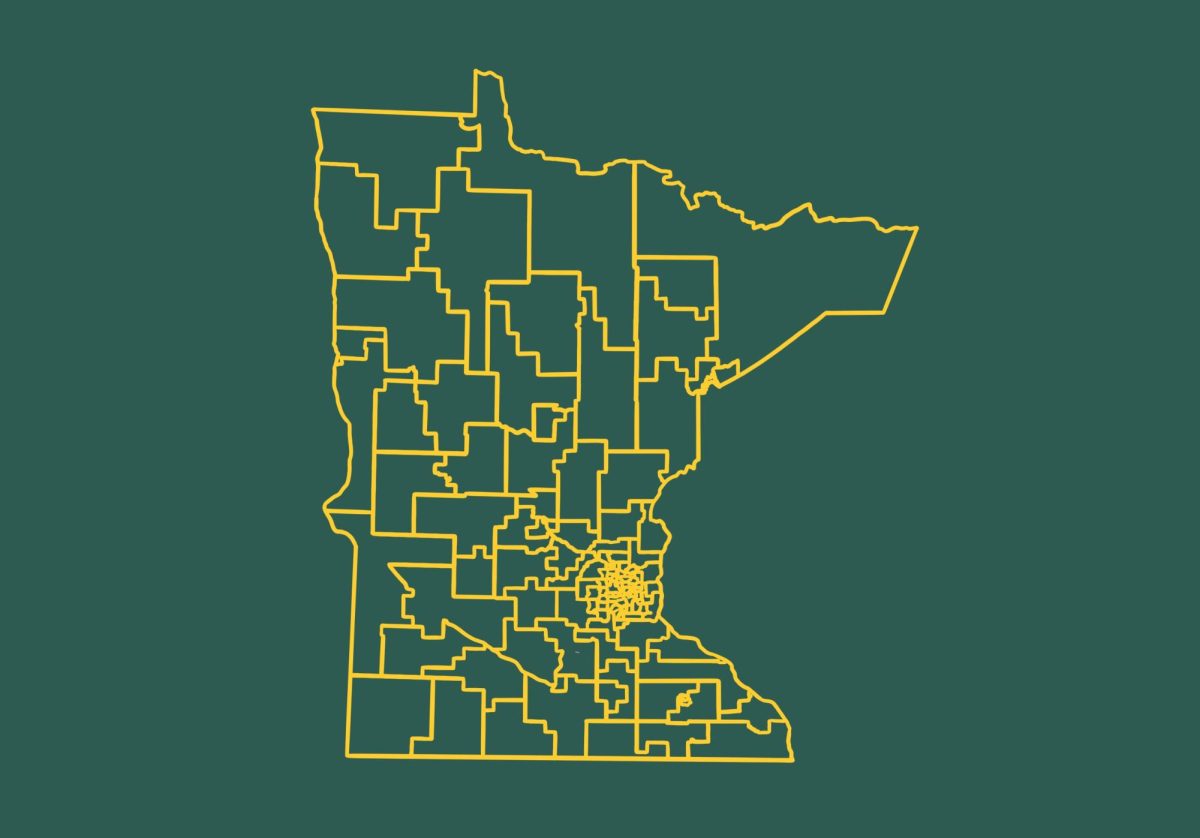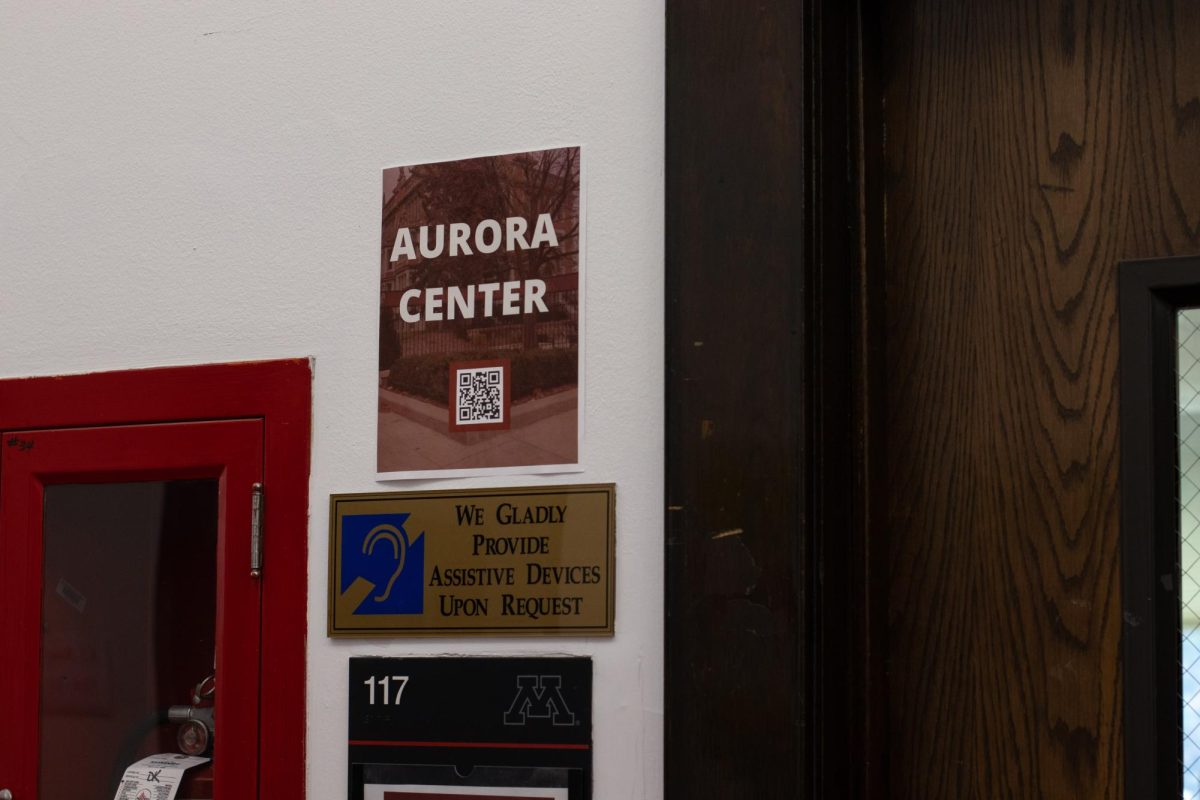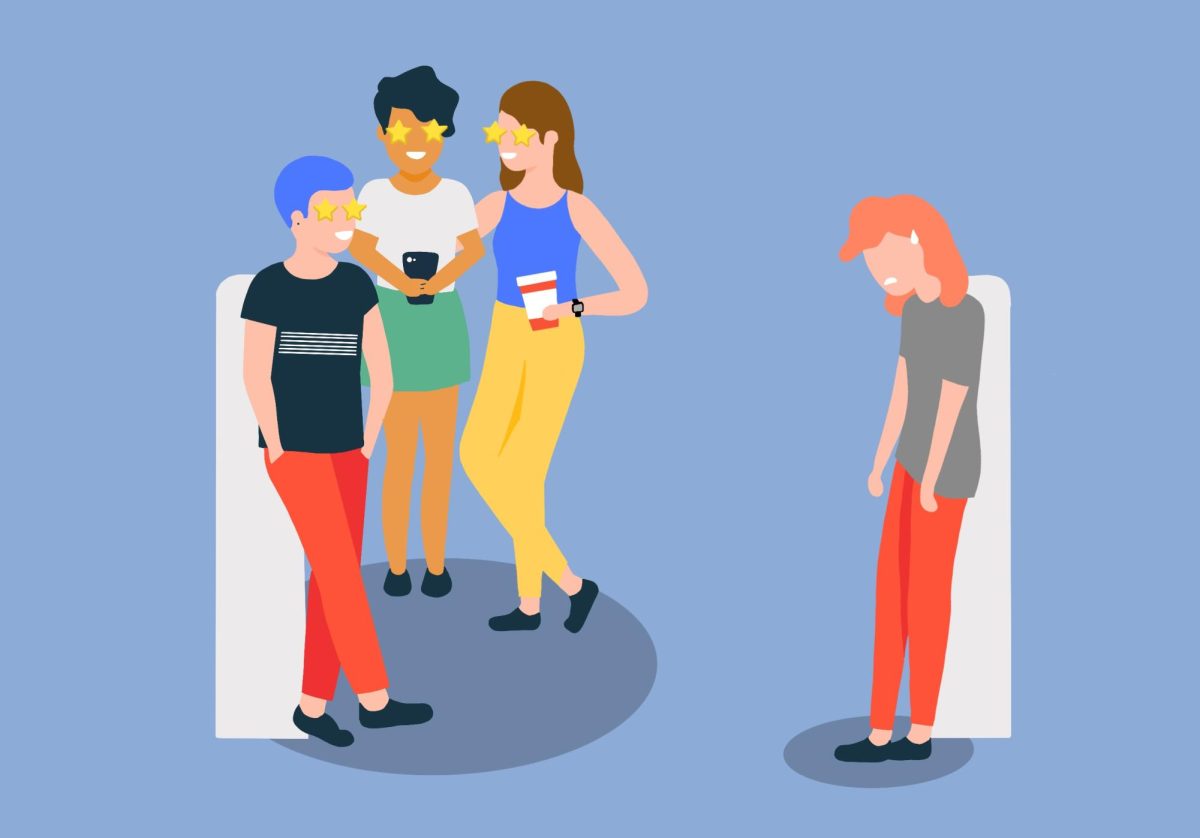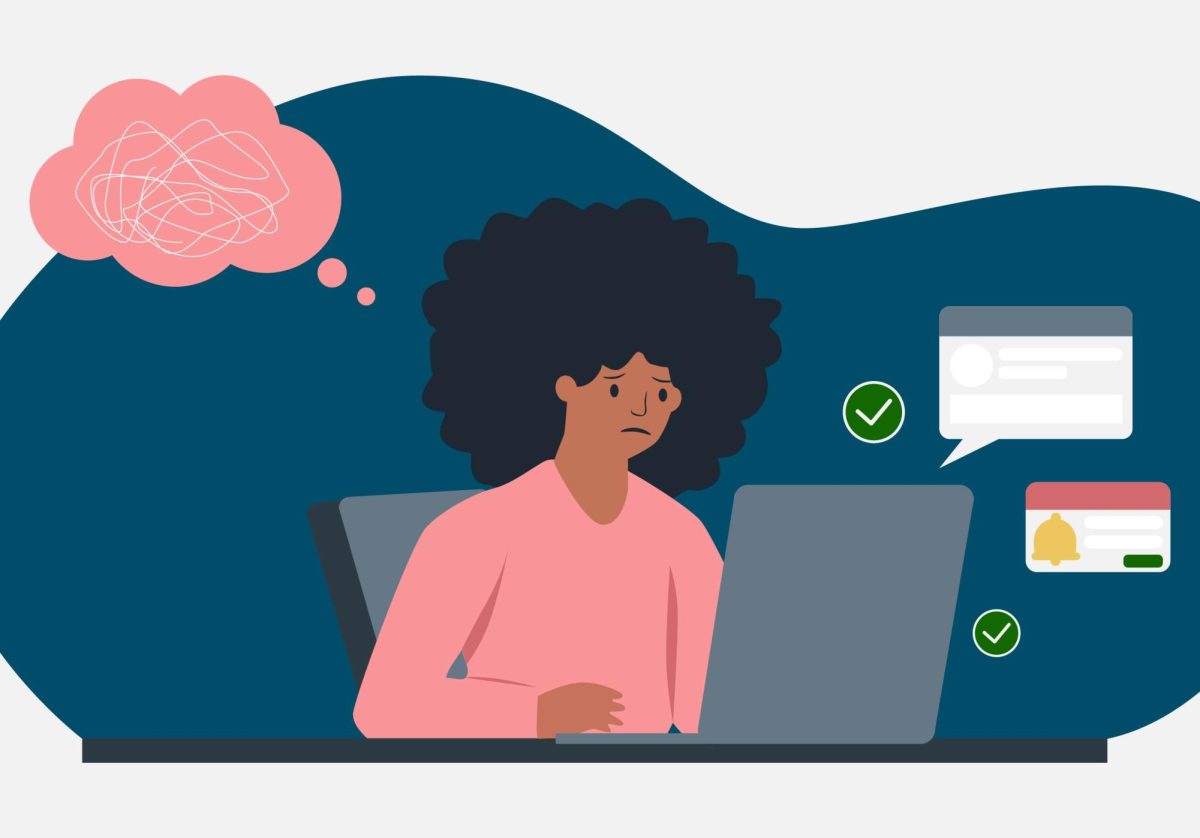Though we couldn’t deny the reality of what we watched, my classmates and I wondered about the dynamics of a community in which a parade of gang members’ cars, rather than the car carrying the deceased’s parents, would immediately follow the hearse in a funeral procession.
Some people felt afraid, or were confused by the logic behind gang membership. Some reflected on how sad it was to hold a funeral for a 17-year-old.
That was the first, and likely only funeral I’ll ever witness for someone killed by gang violence. The discussions we had that afternoon illustrated a small example of how we still had a lot to learn in regards to the Twin Cities Latino community having much more to offer than that – seeing a gang funeral scratches an only-stereotypical surface.
After working with the youth group at Sagrado Corazón (Sacred Heart) church in south Minneapolis for a few months, I’m just beginning to learn what it means to be open to adopting and incorporating into my life insights about a demographic with which I was unfamiliar. I’m more naïve than I could have imagined, but am recognizing that is half the battle.
What it comes down to is that learning about the community and how its parts function involves more than just sitting on campus. University students, as Twin Cities residents, have an obligation to be aware of what goes on here.
The Latino population, according to U.S. Census data, grew 61 percent between 1990 and 2000, while the national population overall grew by 13 percent. In the 10 years prior, it had grown 53 percent; it’s projected to keep growing rapidly. More than 195,000 people of Hispanic origin now live in Minnesota – about 3.8 percent of the state’s population, according to estimates from the U.S. Census Bureau’s 2006 American Community Survey. In 1990, they made up 1.2 percent. Nearly 9 percent of Minneapolis’ population and about 8.6 percent of St. Paul’s population was of Latino origin in 2006.
Both Latino buying power and the number of Latino-owned businesses in Minnesota have increased significantly in the past 15 years. Even undocumented labor accounted for at least $1.56 billion of value added to the state’s economy annually, according to a 2000 study by the Hispanic American Center for Economic Research.
There is a significant Latino presence here, and it continues to grow.
Yet, it’s clear the youth I work with sometimes feel estranged from the communities that surround them.
Take the time we drove out to a church in New Brighton for a Catholic youth workshop. Their first concern was: “Will it be all white people there?”
That continued to be a very real issue for the group. As we drove into the church’s parking lot, one girl said, “We’ll be the only Mexicans.”
Another: “Hey, there’s some black people, at least.”
As they commented on “all the white people,” I responded, “Well, I’m white.”
“But you’re different,” they said. “You’re not like them.”
I wondered if I had become different from “them” in the few short months I’d been with the group, and if so, why?
As we stood waiting in the church’s lobby, the conference director came over to our group and asked what we were there for, despite the dozens of other groups loitering just as we were. I saw some of my group glance at me with a “told you so” look.
Somehow, I was an exception to what the group members felt they often experienced. I wasn’t anyone particularly special, but maybe making an effort to understand a community different from the University one I usually experience was what it took to make some progress.
The other students in my service learning class have recognized and begun to understand that concept as well, no matter if they work at an immersion school, a clinic or a legal service within the Latino community. I know there are other types of service learning classes the University offers as well. One of the University’s most valuable resources is the community it lies within, and it has provided a way for students to initiate a community connection. I’d encourage students to utilize and expand upon it so the opportunity isn’t wasted.
At youth group, I helped kids with their homework and gave them rides home at night. I found some used computers to furnish their new youth room. I tried to be an example, and ended up being a friend. But despite any “do good” intentions I had, the effect the kids had on how I think and act – the way I feel about this community and what kind of stake I have in it – were more profound than most of the things I tried to give to them.
I’ve always hoped trips I took around the country and the world would teach me information I could use to “make a difference,” as a lot of people like to say. But the most I’ve learned about people, communities and society has stemmed from the once-weekly, five-mile drive I make to Sagrado Corazón.
Allison Wickler is an Associate Editor at the Daily. She welcomes comments at awickler@mndaily.com.


